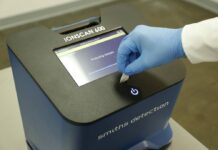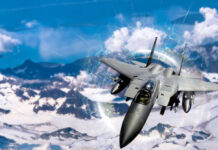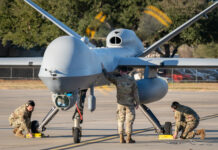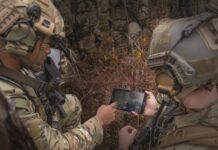Northrop Grumman’s Litening Large Aperture (LA) targeting pod has been selected by the US Air Force (USAF) for use across its existing Litening inventory, the company announced on 13 February 2024.
Northrop Grumman is already on contract for Litening LA as part an indefinite delivery/indefinite quantity contract with the US Department of Defense.
The Litening LA is an electro-optical/infrared pod for targeting and surveillance that incorporates significant enhancements in sensing and processing capabilities, allowing aircrews to detect, acquire, identify and track targets at long ranges. It enables a wide range of missions, including precision targeting, close air support, intelligence, surveillance and reconnaissance (ISR) and humanitarian assistance missions.
The pod features high-resolution, digital colour video and infrared sensors, a datalink capability and advanced algorithms to detect, identify and engage targets from long ranges. A more powerful mission processor accelerates imaging functions and allows for future capabilities, including artificial intelligence and machine learning.
The Litening LA packages these enhanced capabilities in the same form factor as earlier versions of the pod, so aircraft on which Litening has been integrated require no modifications. Previous versions of the pod can be upgraded to the LA configuration.
The USAF plans to integrate the Litening LA throughout its existing aircraft inventory, as it has done since first selecting Litening in 1999.
Northrop Grumman developed its line of Litening pods in conjunction with Rafael Advanced Defense Systems of Israel. As James Conroy, vice president of electronic warfare and targeting for Northrop Grumman, explained to ESD, the Litening LA was developed with the company’s network of suppliers, including Rafael, but “includes software and hardware capabilities unique to the pod and designed by Northrop Grumman”.













